7 Employee Engagement Models To Help Improve Engagement (In 2024)
AIHR
JULY 30, 2024
Implementation challenges: Implementing all five pillars of the model can be complex and may require significant investment in management training, cultural change , and ongoing feedback mechanisms. This also enables you to identify any potential challenges and make the necessary improvements.


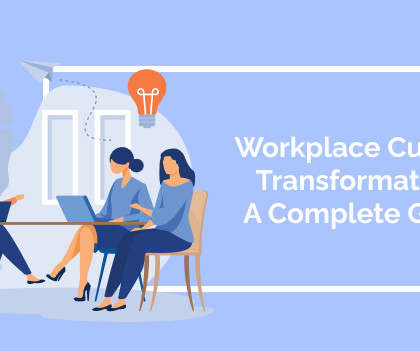


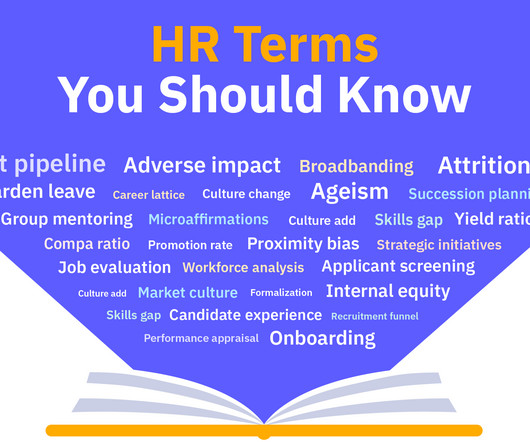
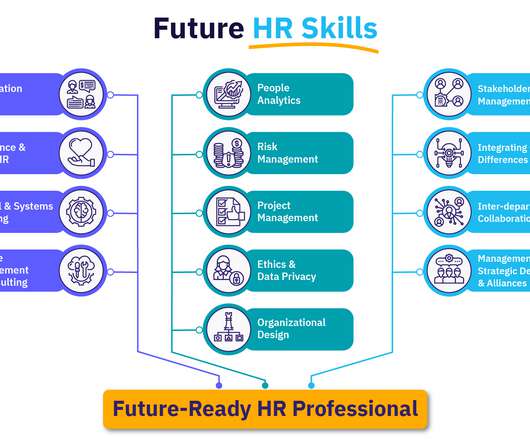

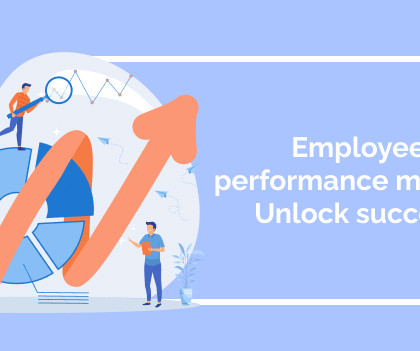


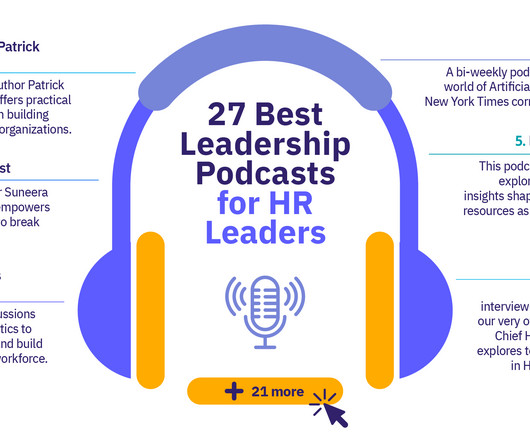
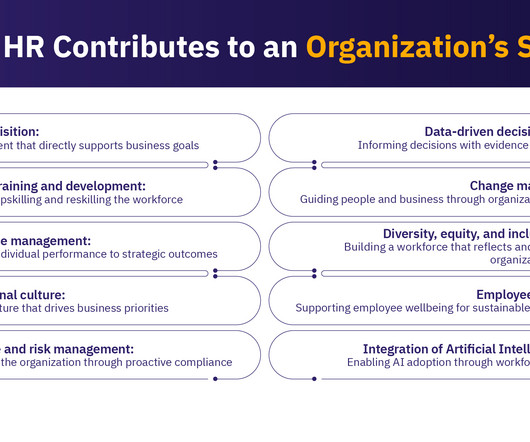








Let's personalize your content